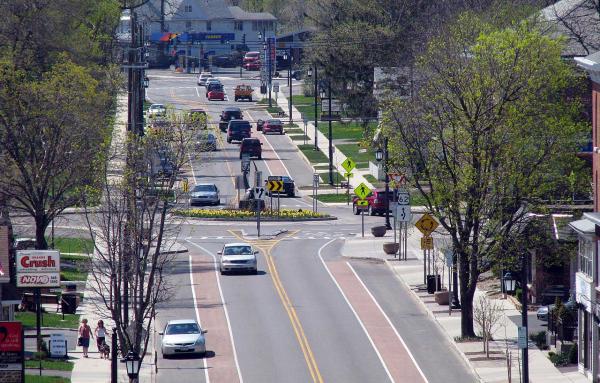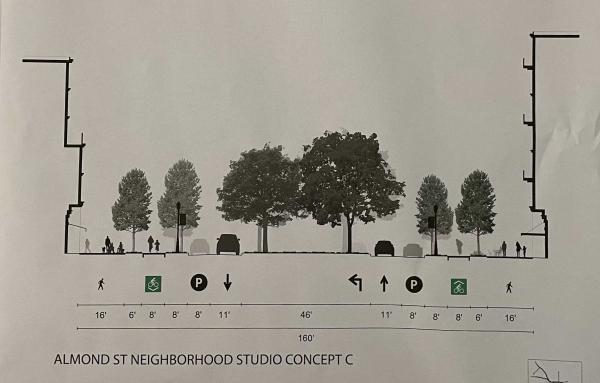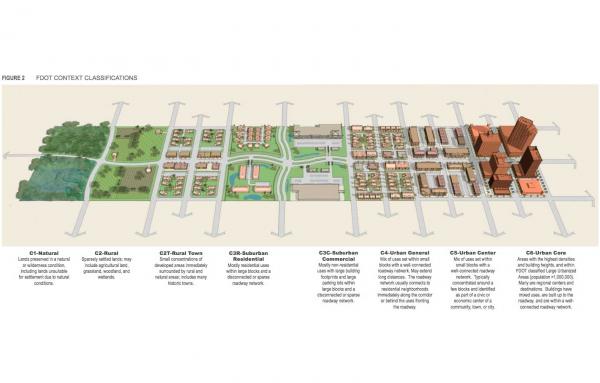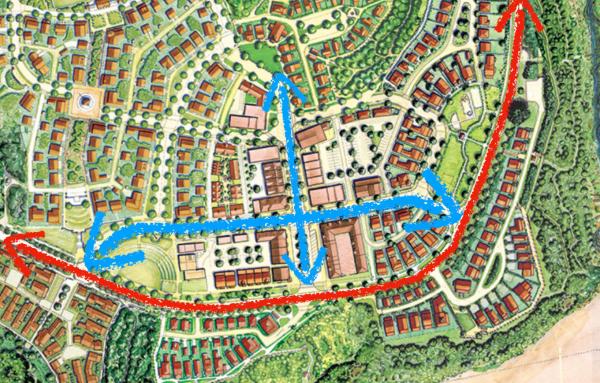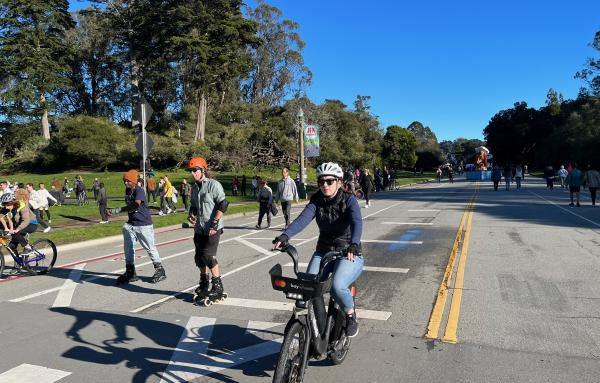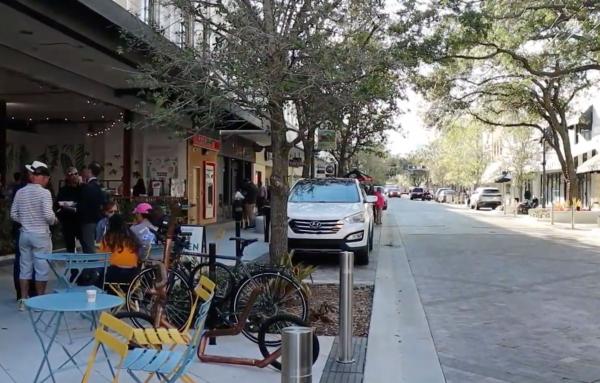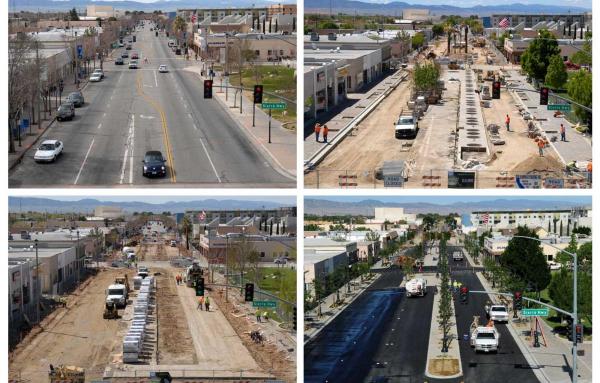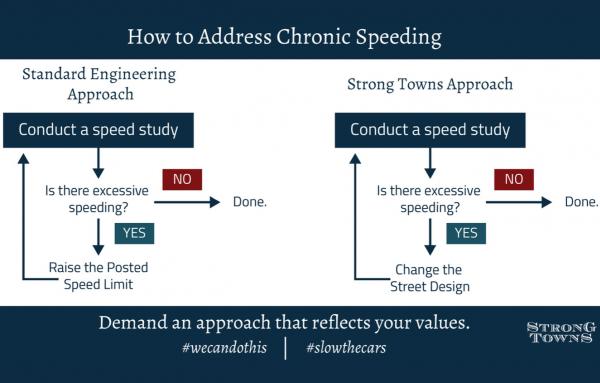Streets
A nationwide study of more than 1,000 street sections sides with urbanists and planners in the long-standing battle with traffic engineers over the benefits of narrow travel lanes in urban places.
New York State DOT is moving forward with replacing the I-81 viaduct, which has divided the Upstate city for six decades, with a grid of streets. But the design will determine whether this is a human-scale community grid or marred by a suburban...
These five design and implementation ideas could be repeated in many locations to create more equitable and sustainable, socially and economically robust corridors.
If context-based street design works in the most automobile-dominated state, it can make a difference anywhere.
Every city has commercial strip corridors, but there are proven strategies for rebuilding them as places for people.
A win for community over cars in San Francisco shows how systemic change in a city's transportation and public space network is possible when groups focus on shifting power, transforming land use, and resetting culture.
Planner and author Jeff Speck argues that efforts to make our streets and roadways safer will fail unless the traffic engineering profession reforms its design practices.
Will street designers and public officials take notice of shared, flexible Clematis Street in downtown West Palm Beach, which contributes to both transportation and placemaking?
Plan El Paso—a groundbreaking new urban comprehensive plan—has been in place for a decade, and still the Texas city is rolling out implementation plans.
The latest is Onward Alameda, the vision to transform a 14-mile-long section of “...
There are thousands of stroad sections in the US. Transforming a good number of them is important to to the goal of improving quality of life and mobility in cities and towns.
In mid-April of 2020, we published an article indicating that as traffic was plummeting, traffic deaths were rising. This counterintuitive claim was not backed by firm numbers at the time, and the world was more focused on deaths from the pandemic...
Charles Marohn points the way to reviving cities and towns through reform of the profession that builds the framework for sprawl.
